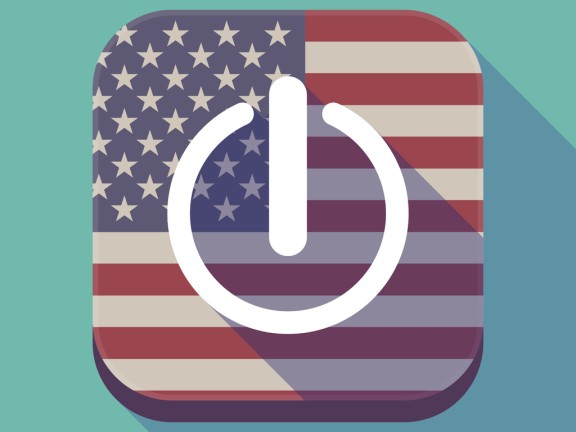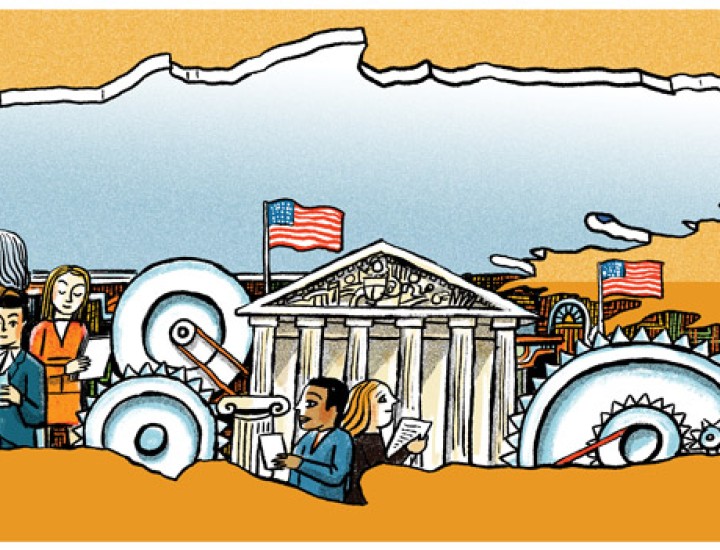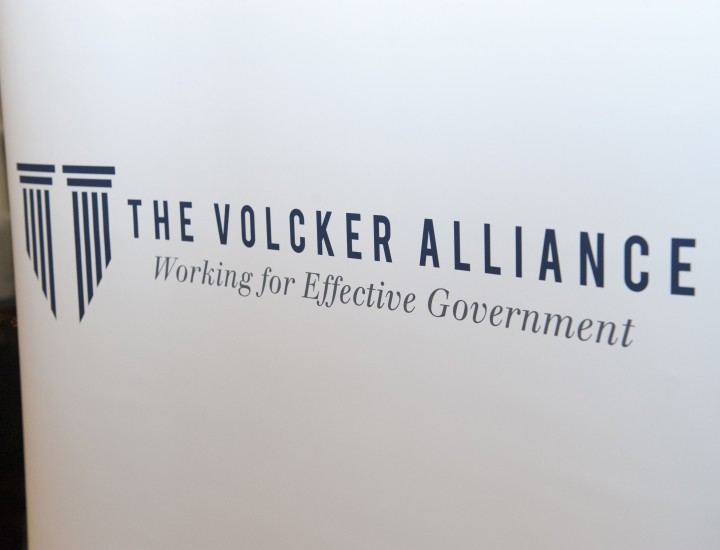The Costs of Shutdown: Beyond the Balance Sheet

Throughout the short-lived shutdown of 2018 (which will, as of this writing, hopefully be concluding shortly), we have been treated to a fun parade of articles and commentary tallying up the implications of shutting down the government. The quantifiable costs are appropriately worrying, and should not be ignored. But they don’t tell the whole story of what we pay for flipping the federal government’s lights on and off.
First, let’s look at the numbers blaring across cable news this week. There are the direct costs that show up immediately and will be felt as long as the shutdown persists.
- About 800,000 federal workers will be furloughed, imperiling their families’ well-being and that of the communities in which they live. And this isn’t limited to Washington: nearly 80% of all federal employees are outside of the DC metro area.
- Contrary to some cynical perspectives, government does stuff: a lot of stuff, in fact! Stuff that requires staffing, budgeting, and Congress’s imprimatur to happen. Even some of the functions that are considered relatively “nonessential” are pretty critical: the contingency staffing plan from HHS (which will furlough about half of its workforce) warns that part of the CDC’s disease prevention programs, the majority of the FDA’s food safety inspections, and its granting activities in the Administration and Families will be discontinued. This is the less essential stuff. At one cabinet-level agency. Out of 15 that serve children and seniors and businesses and the vulnerable and veterans and everyone in between.
Further, there are also less immediately felt economic costs that follow in the months after a shutdown ends.
- Returning the government to full operation entails considerable administrative costs that underscore the productivity losses. The government must, for instance, provide back pay for furloughed employees for services that they were not allowed to render. OMB provided a litany of such losses here, and noted that full remuneration for federal employees during the 16-day 2013 shutdown was about $2.5 billion.
- Federal government spending represents about 20% of US GDP, and setting aside one’s personal opinions on whether that number should be bigger or smaller, it’s not a surprise that a shutdown has macroeconomic implications. Standard and Poor’s estimated the overall economic costs of the 2013 shutdown at $24 billion, which knocked annualized economic growth from an anticipated 2.2% to 1.6% for that quarter.
It’s appealing to try to quantify the costs of a shutdown in terms of dollars (mis)spent or workers furloughed. But the affairs of a nation are more than just variables in an economic model, and the United States is more than just the sum of its financial transactions. Impacts of public attitudes and public service professionals should be equally concerning.
It’s become cliché to note that Americans’ trust in government is near all-time lows. Shutdowns worsen this trend, of course, but they also distribute public animus from political actors outward to all other governmental undertakings. This diminishes Americans’ faith in what their government currently does, leading to a devaluing of government’s essential role in all our lives. They also place artificial limits on government’s capacity to meet the challenges of the future and bend them into opportunities, which is hardly a strong foundation as we look to the decades ahead.
Further, the trivializing and destabilizing of the work of government exacerbated by shutdowns has consequences for ensuring that federal service is an appealing and fulfilling career for the nation’s brightest. Don’t get me wrong: I think that it objectively is, but perceptions matter as we manage the demographic transition in the federal civil service. If a career as a fed is not even on the radar of many young Americans, then we will all pay the price.
The Volcker Alliance is currently completing a study of the skills and competencies needed of public servants (forthcoming later this spring; read more here). Through focus groups and surveys of more than 1000 young government leaders across the country, we generated great insights from folks in the trenches. We were inspired by the capacity and commitment to service of the rising generation, but we were alarmed as many recounted the departure of highly qualified colleagues and wondered aloud how long they could last.
Regularized government shutdowns are not the sole contributor to declining regard for public service, but they do contribute to a larger trend of disparaging public enterprise that, I fear, is damaging the fabric of our nation in ways that may not be perceptible until they are extremely dire. That’s one more thing to keep in mind in the government funding fights ahead.




